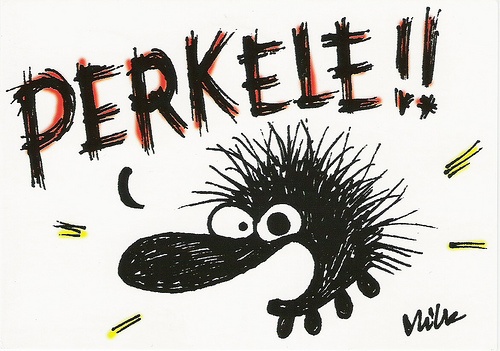It's good to do it that way rather than using the raw diode output which is already expanding, because the G2 lets you adjust to suit your lens of course and it ( G2 ) is very efficient.
But the other really important thing is you protect your diode window from dust and humidity when removing your attachment.
If we were to make a setup using the raw output we should do it in such a way that the diodes chamber stays sealed and we do all our adjusting with a relay and/or final focus lens, but as the G2 is very efficient it is a good choice and lets us adjust, the one thing I have noticed is how 1 lens affects the next is ways not expected, for instance when I have had a lens or 2 element pair that works as a final focus lens but wont fit all the diodes natural diverging beam at the final lens focal length, so I figure........ well I can just use a G2 and bring that divergence in a bit, but that can throw everything out of whack, so the final focus for me is a matter of trial and error especially with the wings issue, the PCX you are using is working well after the G2 primary, but a PCX alone seems to produce wings using the diodes raw diverging output, so again starting with a G2 primary looks like a good solution thus far.
Maybe a wider longer FL aspheric could be used alone, but the power and shape would be tricky and has been so far, so maybe the G2 primary focused in a bit tighter to an adjustable center relay lens that sets up the print size for a final focus PCX could eliminate the need to adjust the G2 other than initial setup and fine tuning. Just a thought.

Once worked out we could have housings made for the super BE that would allow adjustment for a wider but uniform beam or a wide to tight burner/cloud spotter, and all that in between because a 90% of max setting could be the clean setting, it's to be done and seen.
It's still likely that beam correction of the rapidly diverging axis first is the best way, but I would like to see how tight we can get at 75 feet with just a G2 and PCX, even a long but razor sharp line can burn well, this is what I get with the NUBM06 GBall intact and 3XBE when it's one of the tighter focused GBalls, I get a sharp burning line at 50 feet but a fatter yet shorter burning line at 15 feet. This is with the best focus I can get of the 3XBE after the intact GBall.
If future big power diodes are GBalls then correcting the rapidly diverging axis would take physically larger Cylindrical lens pairs, but possibly with a relay lens BE or a 2 lens be with both lenses adjustable.....because my placement distance of the 3XBE and it's fixed input lens changes the tightness of that bar/spot at 15 feet, so....whatever primary be it G2 or GBall being able to adjust 2 following lenses......may mean some very wide lenses LOL, still very interesting and although alignment is an issue for testing I am curious, however in industry they use a FAC to deal with divergent diodes then lens from there, but it may not always be possible if for instance wanting to keep a Gball intact on a 40 watt diode later on, we may not easily get perfect results, but good enough with enough power to make it useful/fun.








